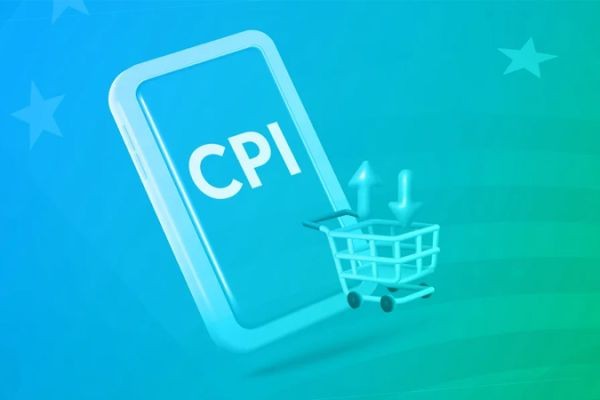The decline in the Consumer Price Index (CPI) to its lowest level since March 2021 was a landmark event for the US economy. The CPI reflects changes in the prices of goods and services consumed by households and serves as a key indicator of inflation. A decline in the CPI indicates a slowdown in inflation, which has both positive and negative implications for the economy, consumers and businesses. Let's look at what a decline in the CPI means for key economic processes.
Read more about why the U.S. Consumer Price Index hit its lowest level since March 2021:
https://1plus-smart.com/news/us-consumer-price-index-on-the-decline-lowest-level-in-three-years
Slowing inflation and its causes
A decline in CPI is a sign of slowing inflation, which has been hitting record levels in recent years. Among the main factors contributing to this process are lower energy prices, stabilising supply chains and moderate growth in consumer demand. The Federal Reserve's (Fed) aggressive monetary policy of raising interest rates has also played a significant role.
Slowing inflation is important for the economy because it reduces pressure on consumers who previously had to adjust to rising spending. However, a slowing CPI can also be a sign of weakening economic activity, which is a concern for analysts.
Impact on consumers
For households, a decline in CPI means some relief in day-to-day spending. Lower prices or slower price increases can increase purchasing power, which has a positive effect on living standards. Lower inflation can encourage consumers to spend, which supports economic growth.
However, consumers remain cautious, especially in an environment of high uncertainty. If a decline in CPI is associated with a slowing economy, it can raise concerns about job and income stability, which in turn restrains consumption.
Business and Fed reaction
Lower inflation is viewed positively by businesses as it makes it easier to plan spending and investment. Businesses, especially those in price-sensitive sectors such as retail, are able to stabilise prices and build customer confidence.
For the Federal Reserve, the decline in CPI is a signal that its inflation-fighting measures are beginning to bear fruit. This could influence the Fed's decision to slow the pace of interest rate hikes or even lower interest rates in the future. However, the Fed continues to monitor the data closely to ensure that the economy does not slow sharply, which could lead to a recession.
Conclusion: Balancing risks and opportunities
The decline in the US consumer price index is an important step towards stabilising the economy after a period of high inflation. It brings short-term benefits to consumers and businesses, but it also points to the need for further monitoring of economic activity.
To achieve long-term stability, it is important to strike a balance between maintaining economic growth and controlling inflation. A declining CPI is not only an indicator of the success of economic policy, but also a challenge that requires a balanced approach to managing the monetary system and supporting sustainable development.

